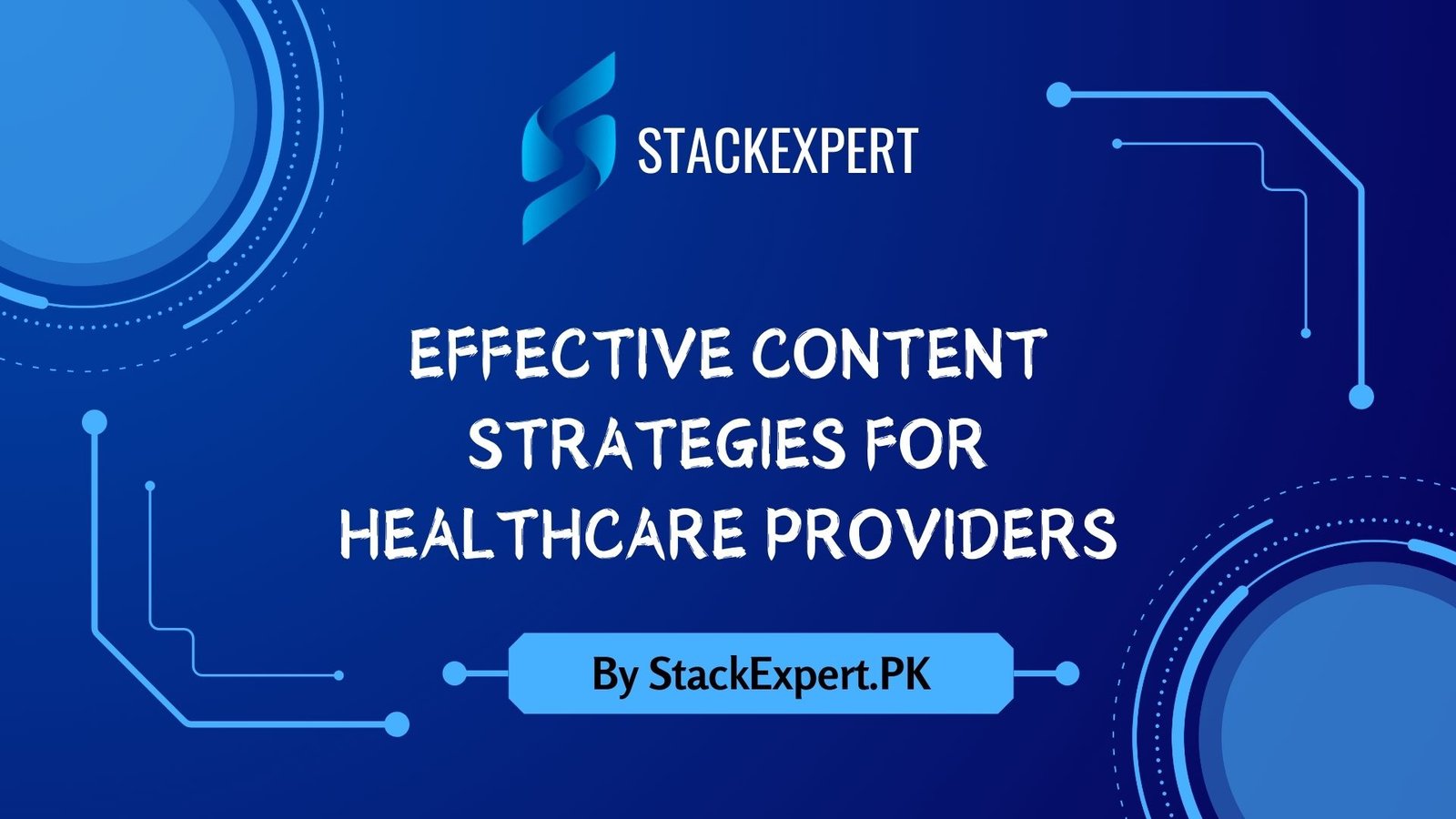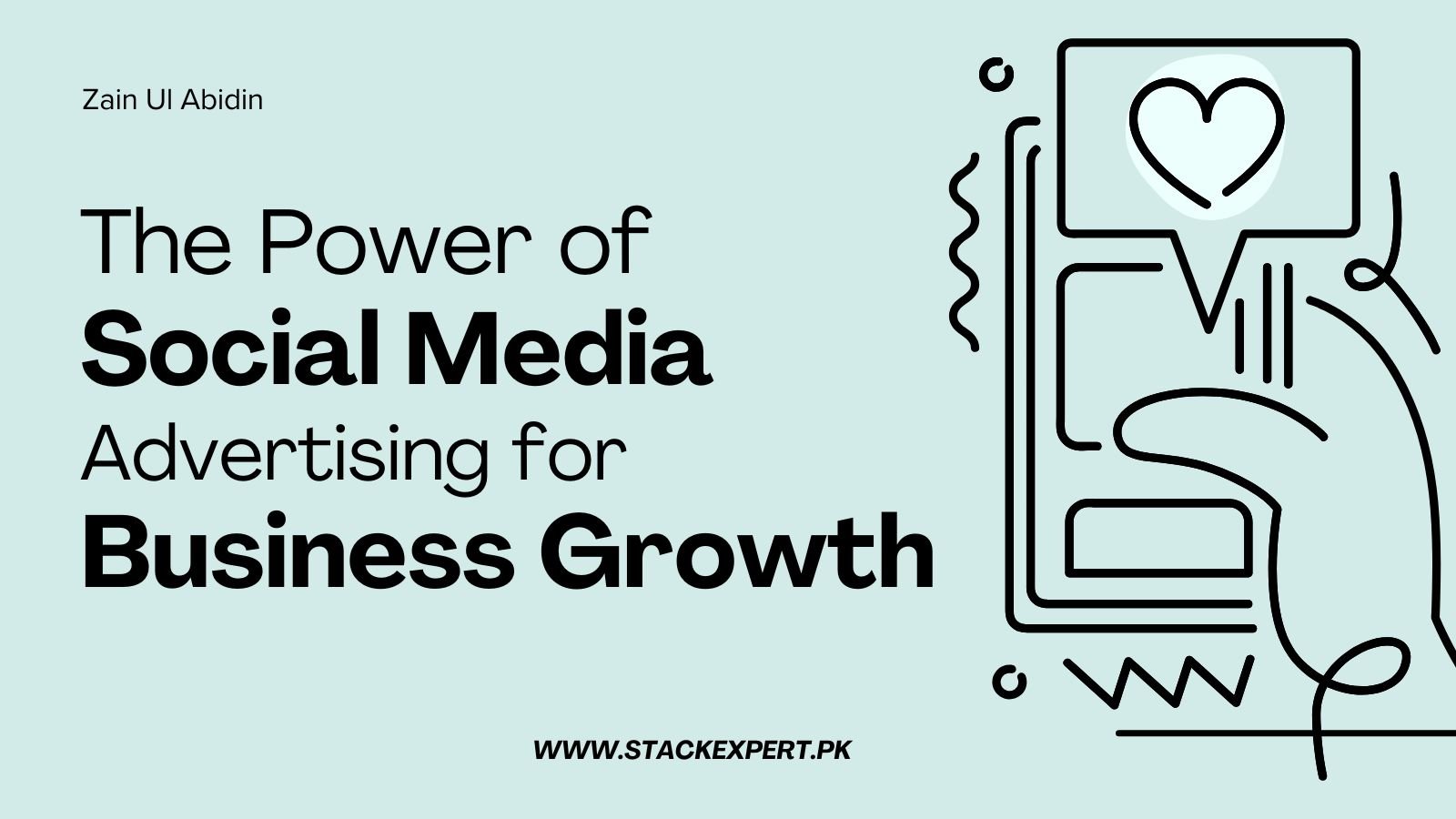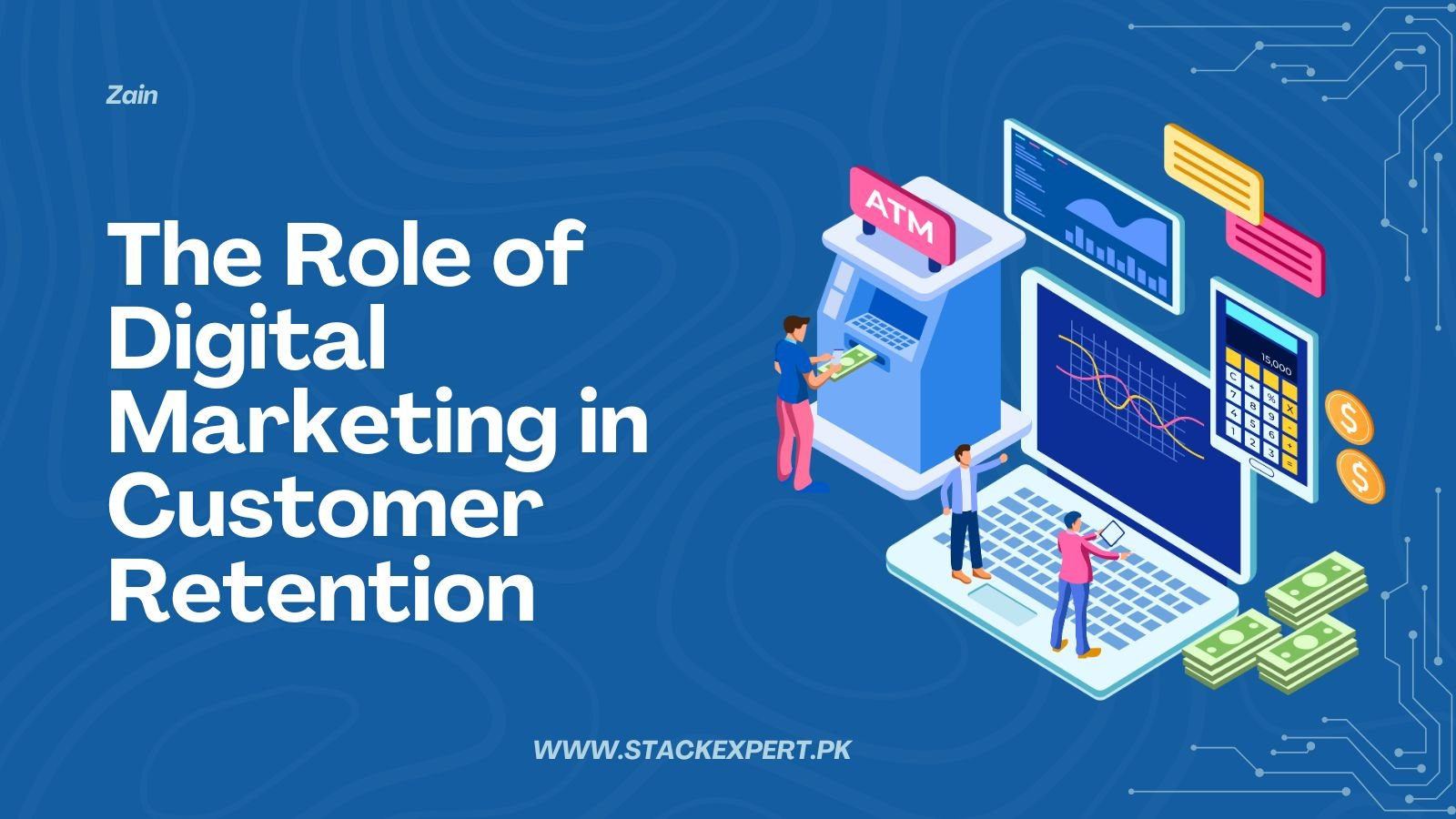In today’s rapidly evolving healthcare landscape, effective content marketing has become a crucial component for healthcare providers aiming to connect with patients, educate the public, and stay ahead in a competitive market. This comprehensive guide delves into the strategies that can elevate your content marketing efforts, enhance patient engagement, and ultimately improve healthcare outcomes.
Understanding the Importance of Content Marketing in Healthcare
The Evolving Healthcare Landscape
The healthcare industry is undergoing significant transformation. With the advent of digital technologies, patients are more empowered and informed than ever before. In countries like Pakistan and beyond, there’s a shift towards patient-centric care, where individuals actively seek information about their health conditions, treatment options, and healthcare providers online.
This digital shift necessitates healthcare providers maintaining an online presence and offering valuable content that meets their audience’s informational needs. By doing so, providers can build trust, establish authority, and foster long-term relationships with patients.
Get Best Healthcare Marketing Services from StackExperts
The Power of Content Marketing
Content marketing involves creating and distributing relevant and valuable content to attract, engage, and retain a clearly defined audience. For healthcare providers, this means producing content that educates patients, addresses their concerns, and guides them through their healthcare journey.
Effective content marketing can:
- Enhance Visibility: By optimizing content with the right keywords, such as “healthcare marketing” and “online doctor,” providers can improve their search engine rankings and reach a wider audience.
- Build Trust: High-quality content positions healthcare providers as experts in their field, fostering trust and credibility with patients.
- Increase Patient Engagement: Engaging content encourages patients to interact with providers, ask questions, and participate actively in their care.
Why Healthcare Provider Need An Online Presence?
The Role of Content in Patient Education
Patient education is a cornerstone of effective healthcare delivery. By offering educational content, providers can help patients understand their health conditions, treatment options, and preventive measures. This empowers patients to make informed decisions, adhere to treatment plans, and engage in healthy behaviors.
For example, a clinic in Pakistan might create a series of blog posts about managing diabetes, offering practical tips and strategies tailored to the local population. This not only educates patients but also demonstrates the provider’s commitment to community health.
Aligning Content with Healthcare Goals
It’s essential that content marketing efforts align with the healthcare organization’s overall goals. Whether the aim is to increase patient enrollment, promote new services, or improve patient outcomes, content should be strategically developed to support these objectives.
By setting clear goals and aligning content accordingly, providers can ensure that their marketing efforts are effective and measurable.
Understanding the Patient Journey in Healthcare Marketing
Crafting an Effective Content Strategy
Developing a robust content strategy involves several key steps, from identifying your audience to promoting your content effectively.
Defining Your Target Audience
Understanding your audience is critical. Healthcare providers serve diverse populations, each with unique needs and preferences. You can tailor your content to address specific concerns and interests by creating detailed patient personas.
Consider factors such as:
- Demographics: Age, gender, location (e.g., urban or rural areas in Pakistan)
- Health Concerns: Common conditions, prevalent diseases
- Information Needs: Preferred channels (blogs, videos, social media), language preferences
For instance, if you’re targeting young adults interested in preventive health, your content might focus on lifestyle tips, wellness trends, and notifications about health screenings.
Conducting Keyword Research
Keyword research is vital for optimizing your content for search engines. Identify the terms and phrases your target audience uses when searching for healthcare information.
Tools like Google’s Keyword Planner or SEMrush can help you discover relevant keywords, such as:
- Healthcare marketing strategies
- Patient education resources
- Health tips in Pakistan
Incorporate these keywords naturally into your content to improve visibility and attract the right audience.
Developing a Content Calendar
A content calendar helps you plan and organize your content creation efforts. It ensures consistency and allows you to align content with important dates, such as health awareness days or clinic events.
When creating a content calendar:
- Schedule Regular Posts: Maintain a consistent publishing schedule (e.g., weekly blog posts, monthly newsletters).
- Include Variety: Mix different content types (articles, videos, infographics).
- Plan Around Events: Align content with seasonal health concerns (e.g., flu season) or local events in Pakistan.
Creating Compelling Content
Quality content is informative, engaging, and actionable. To create compelling content:
- Provide Value: Offer practical advice, insights, and solutions to common problems.
- Use Clear Language: Avoid medical jargon; explain concepts in simple terms.
- Incorporate Storytelling: Share patient stories or case studies to make content relatable.
For example, writing an article on “Managing Hypertension in Urban Pakistan” with real-life patient experiences can resonate deeply with readers.
Utilizing Visuals and Multimedia
Visual content can enhance engagement and make complex information more digestible.
- Infographics: Summarize data or processes in a visual format.
- Videos: Create educational videos or animated explainers.
- Images: Use high-quality images to illustrate points.
A short video demonstration of a new medical procedure or an infographic detailing steps for proper handwashing can be highly effective.
Promoting and Distributing Your Content
Creating great content is only half the battle; you need to ensure it reaches your audience.
- Social Media: Share content on platforms popular with your audience (e.g., Facebook, Twitter, LinkedIn).
- Email Marketing: Send newsletters or updates to your subscriber list.
- Online Communities: Engage in forums or groups where patients discuss health topics.
Consider leveraging platforms like StackExpert to share expertise and engage with an online community interested in healthcare topics.
The Role of SEO in Healthcare Marketing
Enhancing Patient Engagement Through Content
Utilizing Storytelling Techniques
Storytelling can humanize your brand and forge emotional connections.
- Patient Testimonials: Share stories of patients who have benefited from your services.
- Behind-the-Scenes: Provide a glimpse into your practice, introducing staff or showcasing daily operations.
These narratives can make your content more engaging and help patients feel more connected to your organization.
Interactive Content Strategies
Interactive content encourages active participation from your audience.
- Quizzes and Assessments: Create health risk assessments or quizzes to help patients understand their health status.
- Webinars and Live Q&A Sessions: Host online events to address patient questions in real-time.
Such content can increase engagement and provide immediate value to your audience.
Engaging with Patients on Social Media
Social media platforms offer opportunities for direct interaction.
- Respond to Comments: Engage with patients by responding promptly and professionally.
- Encourage User-Generated Content: Invite patients to share their stories or experiences.
- Stay Updated on Trends: Participate in relevant conversations and hashtags.
For instance, launching a Twitter campaign with a unique hashtag related to healthcare in Pakistan can boost your visibility and engagement.
How Social Media Impacts Healthcare Branding?
Measuring and Optimizing Your Content Performance
Tracking Key Metrics
Monitoring performance metrics helps you understand how your content is performing.
- Website Analytics: Track page views, time on page, bounce rates.
- Engagement Metrics: Monitor likes, shares, comments on social media.
- Conversion Rates: Measure how many readers take desired actions (e.g., booking an appointment).
Use tools like Google Analytics or social media insights to gather this data.
Analyzing and Interpreting Data
Analyze the collected data to identify trends and insights.
- Identify Top-Performing Content: Understand which topics or formats resonate most with your audience.
- Assess Audience Behavior: See how users navigate your site or interact with your content.
- Adjust Strategies Accordingly: Use insights to refine your content strategy.
For example, consider allocating more resources to produce videos if video content receives higher engagement.
Continuously Improving Your Content Strategy
Content marketing is an ongoing process. Regularly review and update your strategy based on performance data and changing audience needs.
- Stay Informed: Keep up with industry trends and emerging topics.
- Seek Feedback: Encourage patients to provide feedback on your content.
- Test New Approaches: Experiment with different content types, platforms, or promotional strategies.
This iterative approach ensures your content remains relevant and effective.
Overcoming Common Challenges in Healthcare Content Marketing
Addressing Compliance and Regulations
Healthcare providers must navigate strict regulations regarding patient privacy and advertising.
- Understand Regulations: Familiarize yourself with laws like HIPAA (if applicable) and local regulations in Pakistan.
- Obtain Consent: Ensure you have proper consent before sharing patient stories or testimonials.
- Avoid Misleading Claims: Present information accurately without exaggerating benefits.
Consult legal experts when necessary to ensure compliance.
Managing Content Creation Resources
Creating quality content requires time and resources.
- Allocate Resources Wisely: Determine if content creation will be handled in-house or outsourced.
- Leverage Existing Content: Repurpose or update existing materials.
- Encourage Staff Participation: Involve healthcare professionals in content creation for expert insights.
Using tools like StackExpert can help streamline content development by accessing expert opinions and resources.
Combatting Misinformation
Misinformation can have serious consequences in healthcare.
- Provide Evidence-Based Information: Ensure all content is accurate and based on reputable sources.
- Address Common Myths: Create content that debunks false information.
- Promote Critical Thinking: Encourage patients to verify information and consult professionals.
By positioning yourself as a reliable source, you can help combat misinformation and promote public health.
Case Studies of Successful Healthcare Content Strategies
Analyzing Top Healthcare Providers
Examining successful content strategies from leading providers can offer valuable insights.
- Case Study 1: A leading hospital in Pakistan increased patient engagement by launching a wellness blog addressing local health concerns.
- Case Study 2: An international healthcare organization used social media campaigns to promote preventive care, resulting in higher screening rates.
Analyzing these cases can reveal effective tactics and strategies applicable to your organization.
Impact of Content Marketing on Patient Outcomes
Effective content marketing can positively influence patient outcomes.
- Increased Adherence: Educational content can improve patients’ adherence to treatment plans.
- Enhanced Satisfaction: Providing valuable information enhances the patient experience.
- Community Health Improvement: Broad dissemination of health information can lead to healthier communities.
Measuring these impacts reinforces the value of content marketing in healthcare.
Future Trends in Healthcare Content Marketing
The Rise of Telehealth and Digital Platforms
Telehealth’s growth presents new opportunities for content marketing.
- Virtual Consultations: Promote telehealth services through informative content.
- Digital Resources: Develop online tools and resources accessible to remote patients.
Embracing digital platforms can expand your reach and enhance patient convenience.
Top Healthcare Marketing Trends in 2025
Personalization and Patient-Centric Approaches
Personalized content tailored to individual patient needs is becoming increasingly important.
- Segmented Campaigns: Use patient data to deliver targeted content.
- Interactive Tools: Offer personalized health assessments or recommendations.
Personalization enhances relevance and engagement, leading to better patient experiences.
The Role of Artificial Intelligence in Content Creation
Artificial Intelligence (AI) is transforming content marketing.
- Automated Content Generation: AI can assist in creating content, such as drafting articles or generating social media posts.
- Predictive Analytics: Use AI to predict content performance and optimize strategies.
Leveraging AI technologies can improve efficiency and effectiveness in content marketing efforts.
Conclusion
Effective content strategies are vital for healthcare providers seeking to connect with patients, enhance engagement, and improve health outcomes. By understanding your audience, creating valuable content, and leveraging various platforms and technologies, you can elevate your marketing efforts and stand out in a competitive landscape.
Remember, the key to success lies in providing genuine value to your patients, staying compliant with regulations, and continuously adapting to the evolving digital environment. Whether you’re operating in Pakistan or any other part of the world, these strategies can help you build stronger relationships with your patients and contribute positively to their health journeys.




